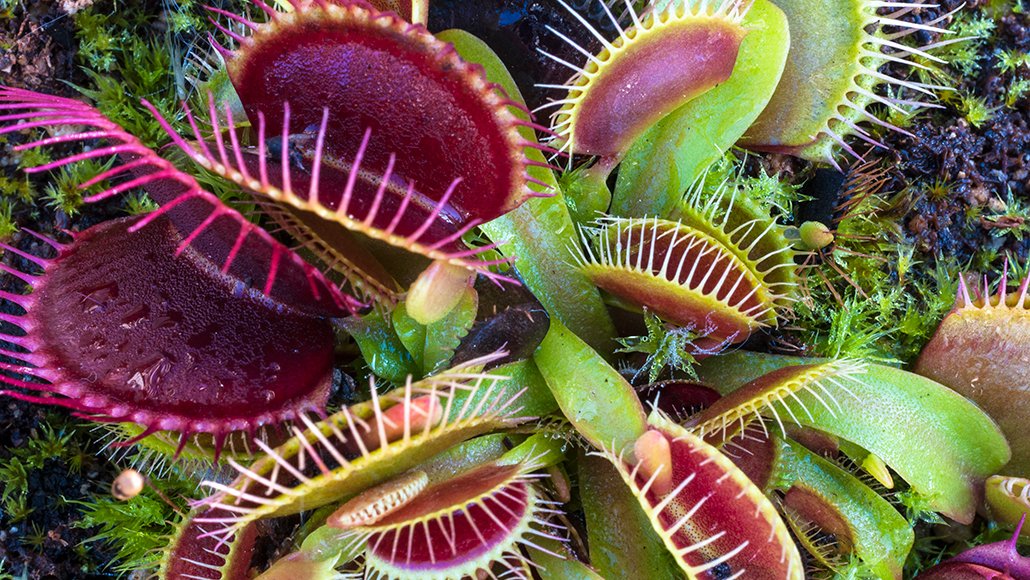Craving Carnivorous Cuties?
Step into the captivating realm of exotic carnivorous plants, where nature's ingenuity and beauty converge. These extraordinary botanical wonders have evolved unique adaptations to thrive in environments where nutrients are scarce. From the iconic Venus flytrap to the elegant pitcher plants and mesmerizing sundews, these plants have captured the imagination of plant enthusiasts worldwide. In this guide, we will delve into the intriguing world of exotic carnivorous plants and uncover the secrets to their care, ensuring that these remarkable specimens flourish in your own collection.
Understanding the Basics: Exotic carnivorous plants have distinct characteristics that set them apart from other houseplants. Their ability to capture and digest insects and small prey is a fascinating adaptation that ensures their survival in nutrient-deficient habitats. Before diving into their care, it's essential to familiarize yourself with the different types of carnivorous plants and their unique mechanisms of capturing prey.
Creating the Ideal Growing Environment: Creating the right conditions for exotic carnivorous plants is crucial for their health and vitality. They thrive in environments that mimic their native habitats, which are typically characterized by high humidity, ample sunlight, and acidic soils. Providing them with the appropriate growing conditions, such as a well-draining soil mix and a humid microclimate, will help them thrive.
Light and Temperature Requirements: Exotic carnivorous plants have specific light and temperature preferences that should be considered when caring for them. Most carnivorous plants require bright, indirect light to ensure optimal growth. However, some species, like the tropical pitcher plants, may benefit from partial shade. Additionally, maintaining the appropriate temperature range, typically between 60°F and 85°F (15°C and 29°C), is essential for their overall well-being.
Watering and Feeding: Watering carnivorous plants can be a bit different from other houseplants. While they do require consistently moist soil, it's important to avoid overwatering, as this can lead to root rot. Using distilled or rainwater is recommended, as tap water may contain minerals that can harm these sensitive plants. As for feeding, carnivorous plants can obtain nutrients from insects naturally, but supplementing their diet with small prey or alternative sources of nutrients can help them thrive.
Seasonal Care: Exotic carnivorous plants may have specific care requirements during different seasons. For example, some species require a period of dormancy during the winter months, where they experience reduced light and lower temperatures. Understanding the seasonal needs of your carnivorous plants and making appropriate adjustments to their care routine will ensure their long-term health.
Delving into the world of exotic carnivorous plants is a journey filled with fascination and awe. By understanding their unique adaptations and providing them with the right care, you can cultivate a stunning collection of these extraordinary botanical specimens. From creating the ideal growing environment to ensuring their proper watering and feeding, your efforts will be rewarded with the captivating beauty and intriguing behavior of these remarkable plants. So, embark on this exciting adventure and witness the wonder of exotic carnivorous plants in your own home.

